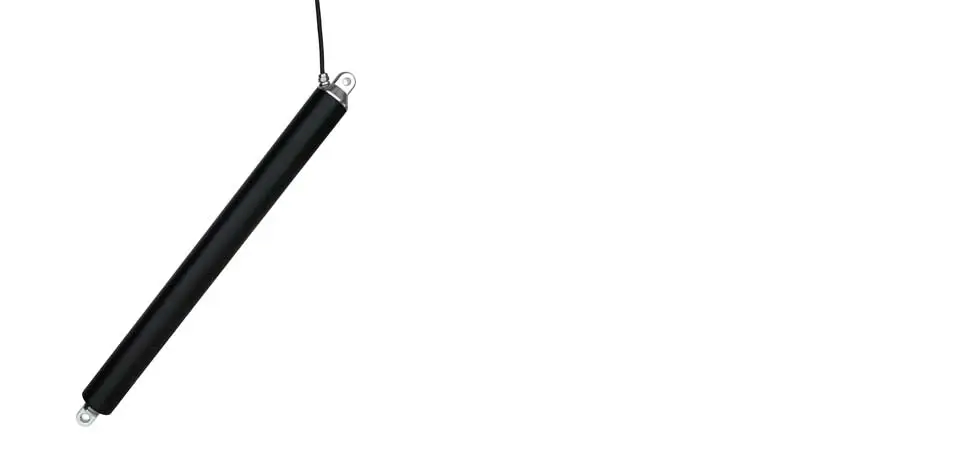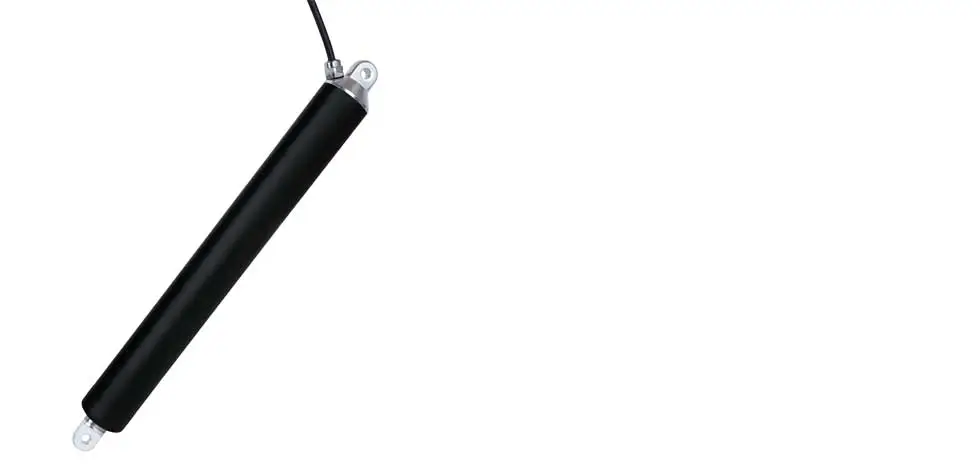WHAT ARE YOU LOOKING FOR?


High-speed linear actuators are engineered to provide rapid and efficient linear motion in applications that require quick response times and fast movements. To understand their mechanics, it's important to consider their key components and operating principles.
These actuators generally feature a high-speed motor that generates the necessary torque and speed for rapid movement. The motor is typically paired with a transmission system, such as a ball screw or lead screw mechanism, to convert the rotary motion of the motor into linear motion.
The transmission system plays a crucial role in achieving high speeds while maintaining precision and accuracy. It translates the rotating motion of the motor into linear movement by utilizing a screw and nut assembly. The precise thread pitch of the screw ensures smooth and consistent linear translation.
To enhance performance and minimize backlash, high-speed linear actuators often incorporate anti-backlash mechanisms and linear guides. These components help minimize any unwanted play or slack in the system, ensuring precise and reliable motion control.
Electronic control systems, such as position feedback sensors and controllers, are integrated into these actuators to enable precise position control. These systems provide feedback to ensure the actuator moves to the desired position accurately and efficiently.
Overall, the mechanics of high-speed linear actuators involve a combination of a powerful motor, transmission system, anti-backlash mechanisms, and control systems, working together to deliver rapid and precise linear motion. Understanding these mechanics is essential when selecting and utilizing high-speed linear actuators in various applications.
Increased Efficiency: Speed plays a crucial role in improving the overall efficiency of linear actuator applications. By reducing cycle times and increasing the speed of linear movements, tasks can be completed more quickly and efficiently. This results in higher productivity and optimized operational processes.
Enhanced Precision: In certain applications, speed is essential to achieving precise positioning. High-speed linear actuators allow for rapid and accurate movements, enabling precise alignment, assembly, or positioning in a shorter amount of time. This level of precision is particularly important in industries such as robotics, automation, and manufacturing.
Improved Response Times: Speed is vital in applications that require rapid response times. For example, in emergency situations or dynamic environments, fast linear actuator movements are crucial for executing immediate actions. High-speed actuators can respond quickly to changing conditions, ensuring timely and efficient operations.
Increased Throughput: Speed is directly linked to throughput in linear actuator applications. By utilizing high-speed linear actuators, production lines can achieve faster product processing, leading to higher overall throughput and output. This is especially beneficial for industries that have high-volume production requirements.
Enhanced Versatility: High-speed linear actuators offer versatility in various applications. They can be used for both fast and slow movements, providing flexibility in meeting different operational needs. With adjustable speed settings, operators can adapt and optimize actuator movements according to specific requirements, making them suitable for a wide range of applications.
A High Speed Linear Actuator is a device that creates motion in a straight line and operates at a higher speed than standard actuators. They are commonly used in applications that require quick movement, such as automation systems, robotics, and medical devices.
The main difference lies in the speed of operation. High Speed Linear Actuators are designed to move loads at a faster rate, making them ideal for applications that require rapid movement or quick response times.
Key factors to consider include the speed requirement, load capacity, stroke length, voltage, and the environmental conditions the actuator will be exposed to. It’s also important to consider the actuator’s duty cycle, which is the amount of time it can operate without overheating.
Yes, many manufacturers offer customisation options for their High Speed Linear Actuators. This can include custom stroke lengths, mounting options, and even specific control systems to suit your application's needs.
